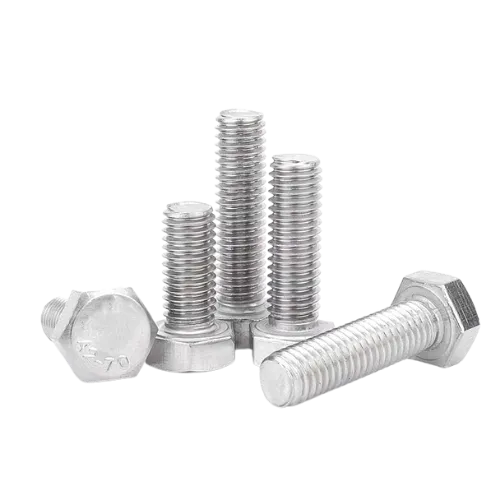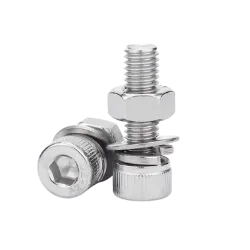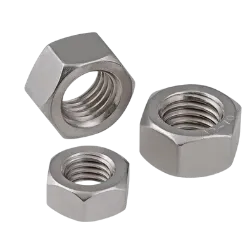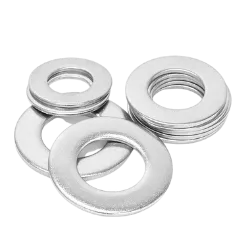DIN 934 A2 Stainless Steel Nuts
DIN 934 A2 Stainless Steel Hex Nut is a kind of fastener manufactured according to the German standard, which is widely used in various industrial and civil applications.
It is designed with hexagonal shape, which is easy to install and dismantle with tools such as spanners and pliers, thus improving work efficiency. With standard threads engraved inside the connection effect.
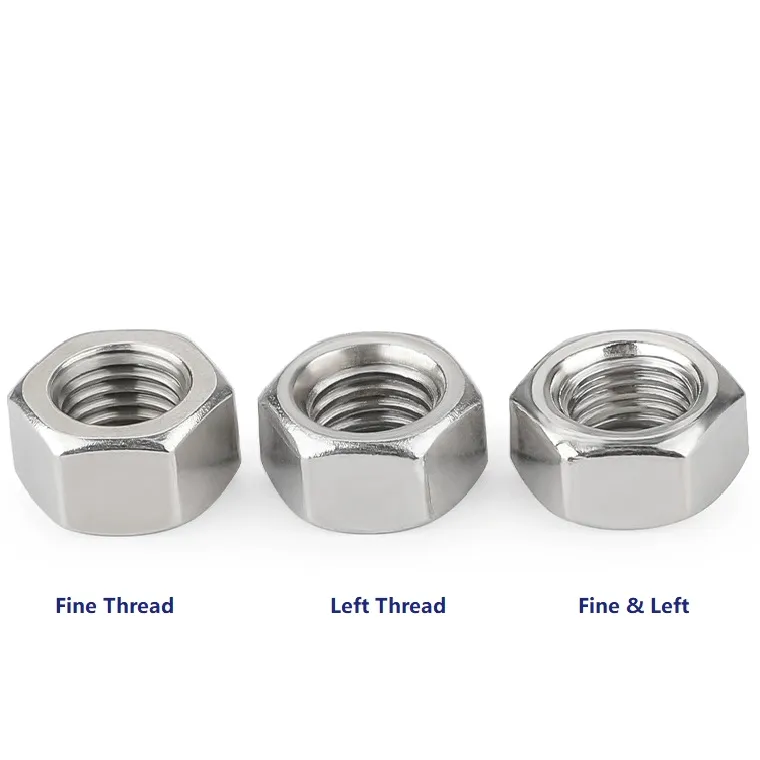
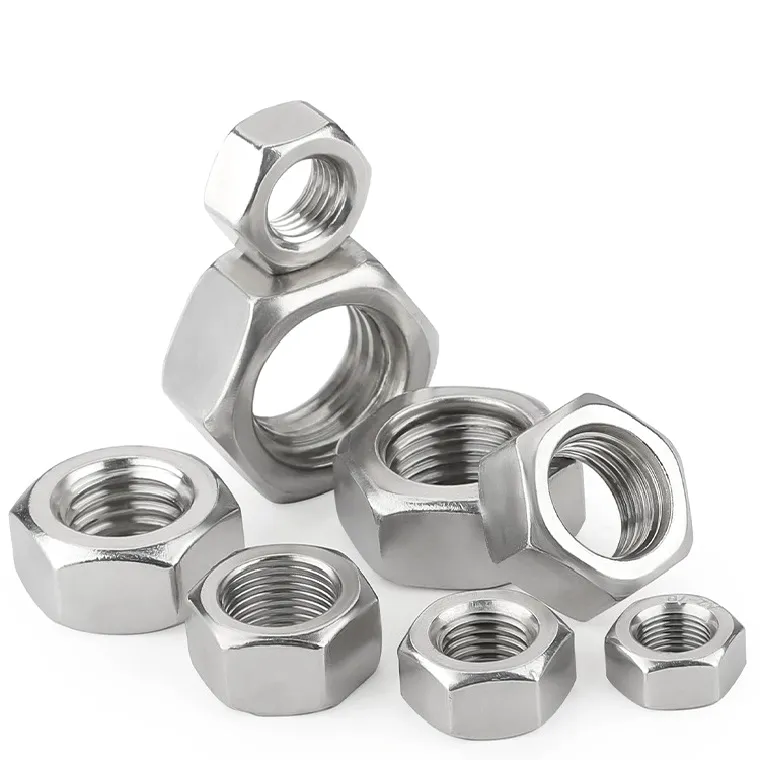
DIN 934 A2 Stainless Steel Material Characteristics
DIN 934 A2 stainless steel hexagon nuts are made of high quality stainless steel material with good corrosion and oxidation resistance, suitable for a variety of harsh environments.
304 stainless steel material also has high strength and good toughness, can withstand large tensile and shear forces, to ensure the stability and safety of the connection.
The stainless steel nuts also have excellent surface quality and aesthetics, not easy to rust and discolouration, to meet the needs of a variety of high-end applications
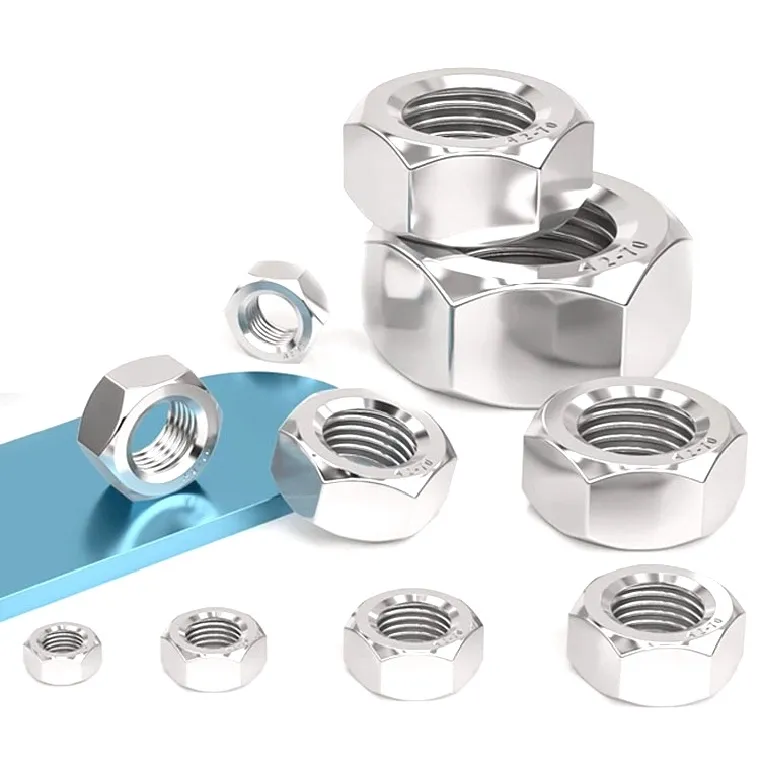
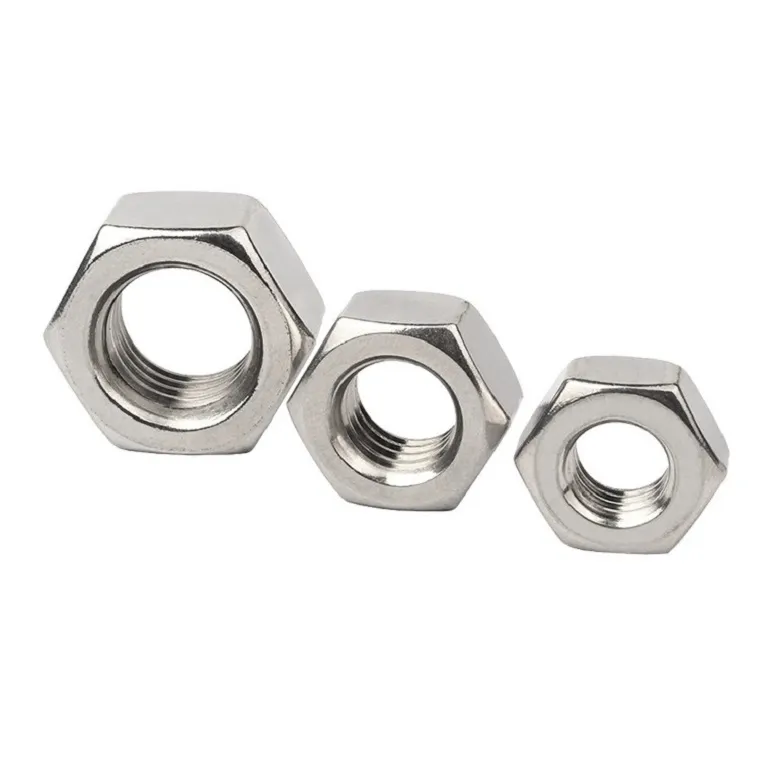
DIN 934 A2 Application Scenarios
Stainless steel hexagonal nuts DIN 934 A2-70 has a wide range of application scenarios, involving construction, machinery, electronics, chemical industry and other fields.
In the field of construction, it is often used to connect the steel structure, pipes and brackets and other components; in the field of machinery, it can be used to assemble machinery and equipment, automobiles and aircraft, etc.;
in the field of electronics, it can be used to fix the circuit boards, electronic components and housings, etc.; in the field of chemical industry, it can be used to connect the pipelines and containers and so on.
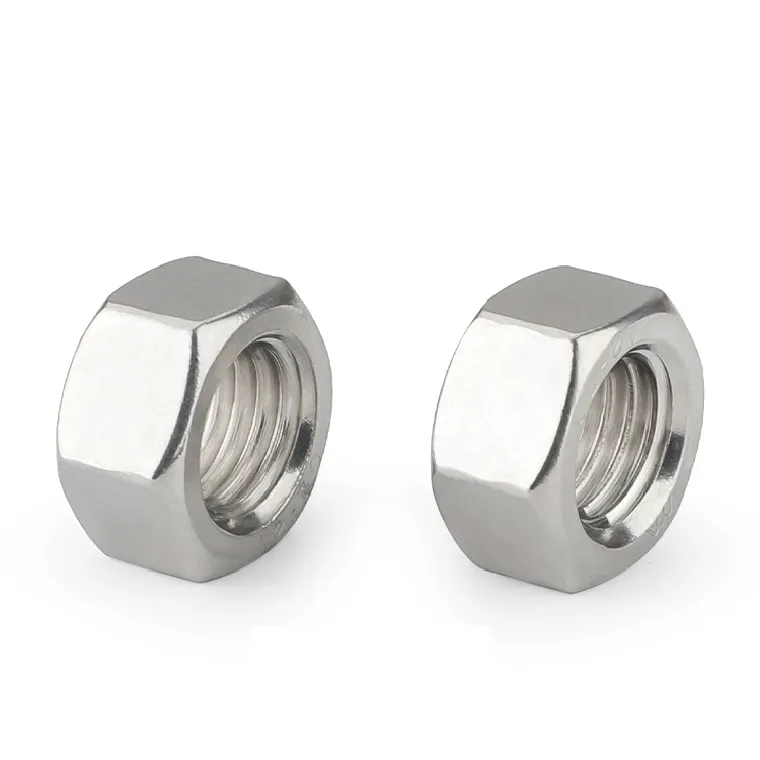
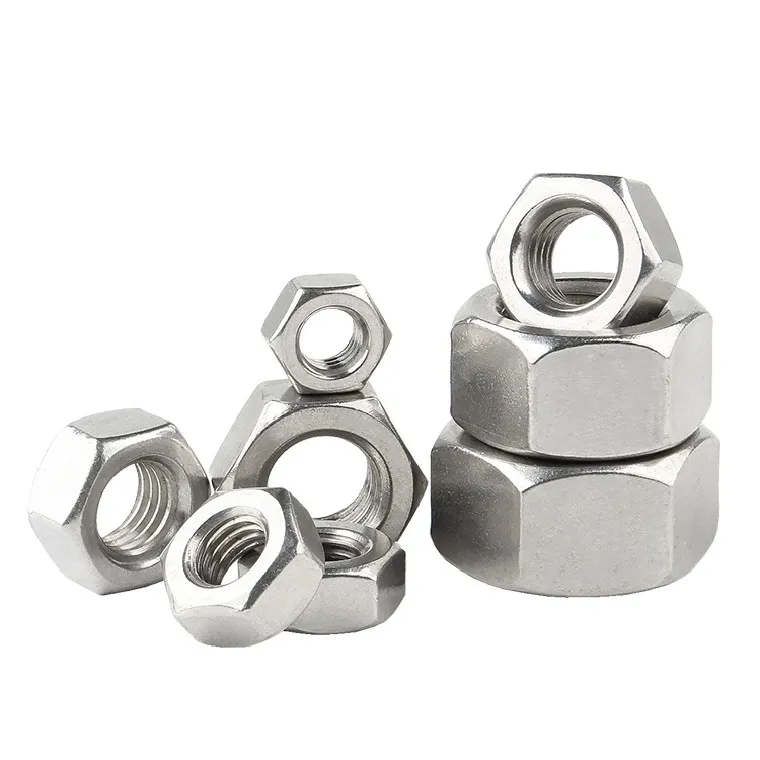
DIN 934 Standard Specification
DIN 934 A2 Stainless Steel Hexagonal Nuts are manufactured strictly according to German standards, with dimensional tolerances and mechanical properties in accordance with the relevant requirements. It is also subject to stringent quality testing and certification to ensure the quality and reliability of the product.
During the production process, the stainless steel fasteners manufacturer follows standard production processes and quality control procedures to ensure that each nut meets the standard specification.
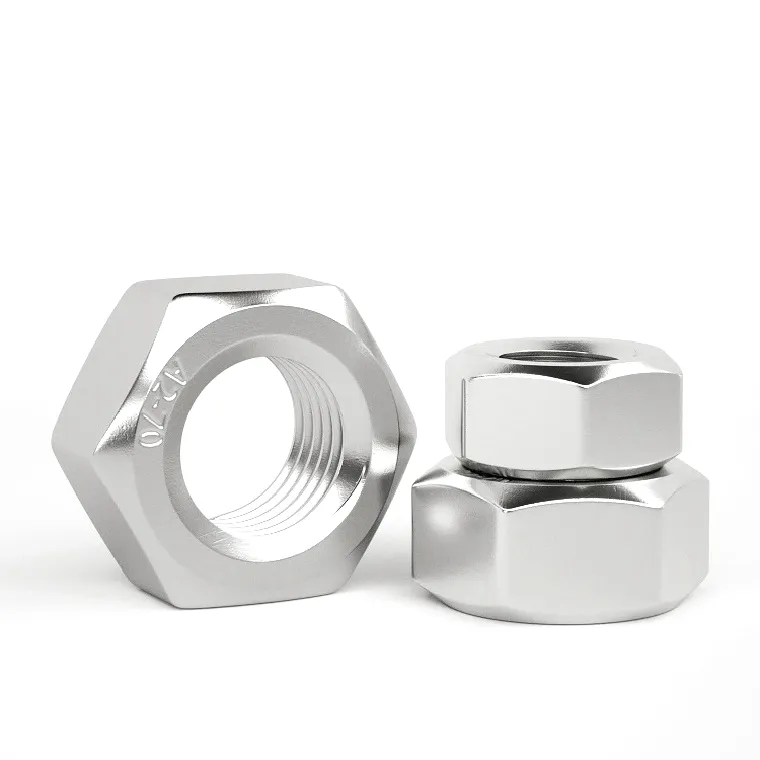
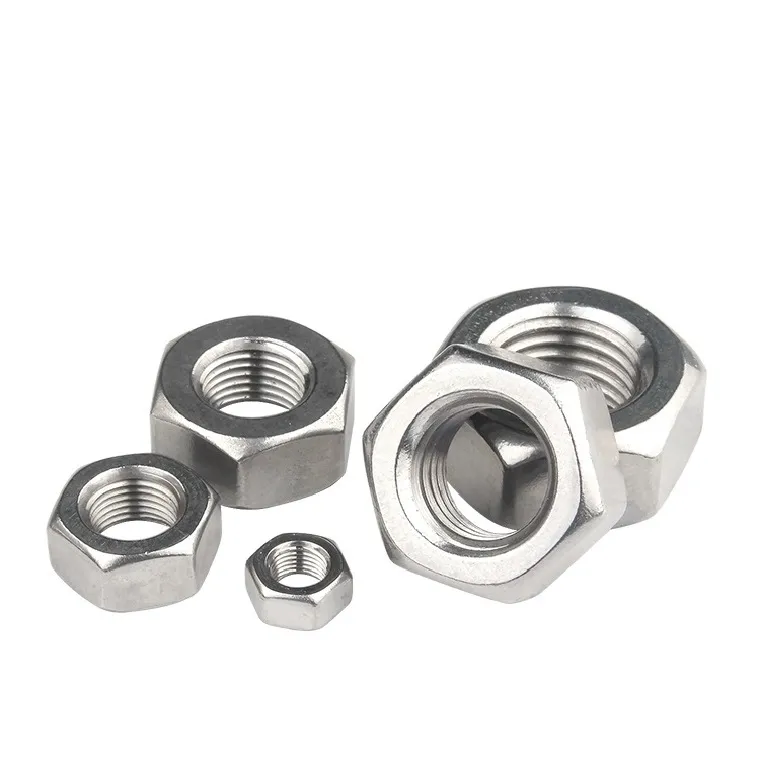
Stainless Steel Nuts DIN 934 A2 Use And Maintenance
When using DIN 934 A2 stainless steel hexagonal nuts, the following points need to be noted:
Choose the right specification of nuts and bolts or screws for use in conjunction with each other
Keep the nuts and bolts or screws clean and dry during installation to avoid debris and moisture from entering the threads
Tighten the nuts moderately to avoid over-tightening or loosening which may lead to failure of the connection.
In terms of maintenance, regular inspection and tightening of the nut is necessary. If the nut is found to be loose or damaged, it should be replaced or repaired in time. In addition, when storing the nuts, they should be placed in a dry and ventilated environment to avoid moisture and corrosion.
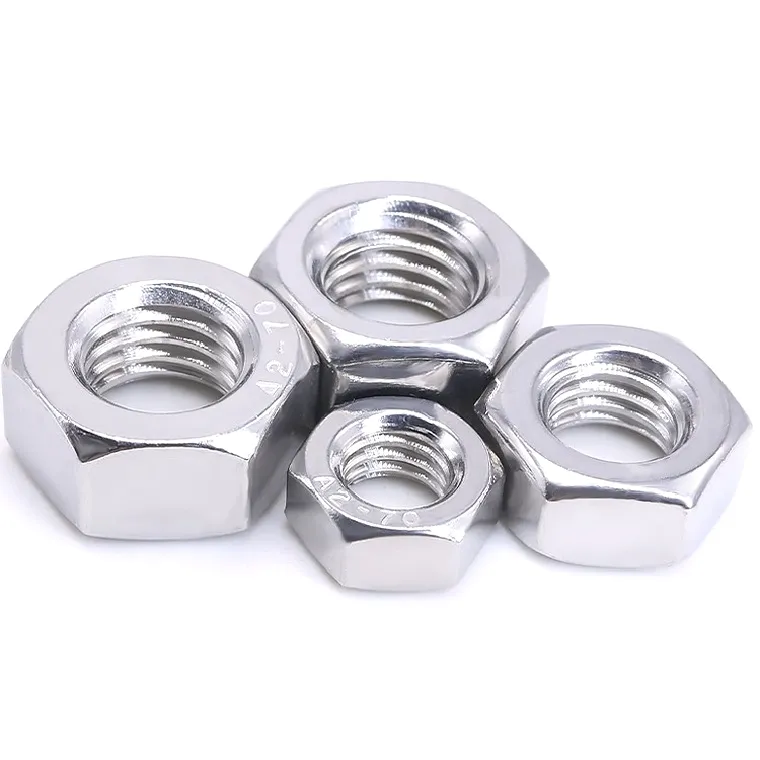
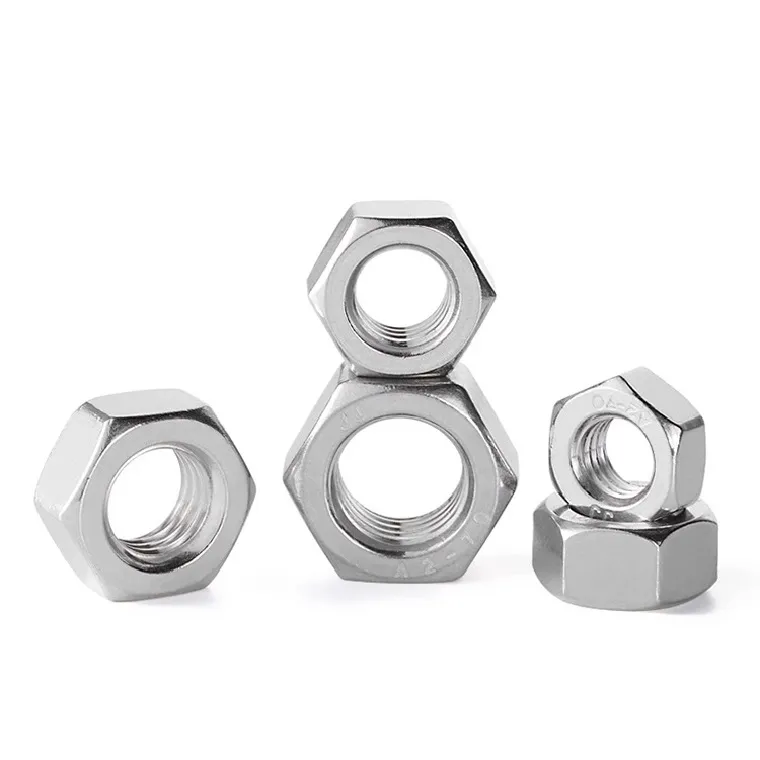
DIN 934 A2 Product Testing
Product testing of DIN 934 A2 stainless steel nuts involves a number of standards and procedures to ensure that their quality, performance and safety meet the specified requirements.
DIN 934 A2 Material Testing
Chemical composition analysis: to verify that the nut material complies with the chemical composition standards for A2 stainless steel (i.e. 304 stainless steel).
DIN 934 A2 Hardness Testing
Determine the hardness of the material by means of a hardness testing instrument (e.g. Rockwell hardness tester or Brinell hardness tester) to ensure compliance with the standard requirements.
DIN 934 A2 Dimensional Testing
Using measuring tools such as calipers, micrometers or projectors, the diameter, length, threads and other dimensions of the nuts are measured accurately to verify compliance with the DIN 934 standard.
DIN 934 A2 Thread Inspection
Thread Angle and Pitch Measurement: Ensure that the angle and pitch of the threads are in accordance with the standard to ensure compatibility with other components.
Thread integrity check: to look for cracks, burrs or other defects
DIN 934 A2 Mechanical Property Tests
Tensile Strength Test: Determine the tensile strength of the nut under tension.
Torque test: apply a certain torque to the nut to check whether it is easy to assemble without damage
DIN 934 A2 Surface Quality Inspection
Observe whether the surface of the nut is flat, smooth and free from rust, scratches or oil
For nuts with specific surface treatments (e.g., polished, painted, etc.), also check whether the surface treatment is uniform and meets the requirements.
DIN 934 A2 Salt Spray Test
Place the nut in a certain concentration of salt spray environment, after a period of time to check whether it appears rust, in order to assess its corrosion resistance.
Batch Sampling And Quality Control
Conduct sampling inspection for each production batch of nuts to ensure the consistency of the overall quality.
Strictly control the parameters and processes in the production process to ensure the stability of product quality.
After completing the above tests, if the nuts meet all the specified requirements, a certificate of conformity or declaration of conformity can be issued to ensure that the product is recognised and used in the market.
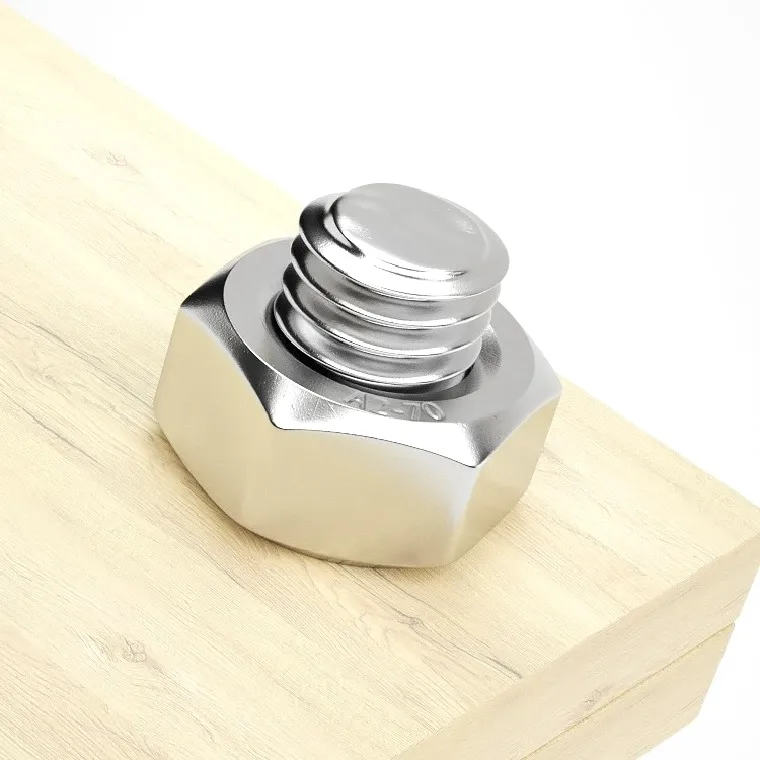
Summary
As a high-quality fastener, DIN 934 A2 stainless steel hexagon nuts play an important role in manufacturing industry due to their excellent material properties, wide range of application scenarios and strict standard specifications.
Knowledge and understanding of their use and maintenance is important to ensure the stability and safety of the connection.
Contact the Experts
- Ding Fasteners
- N0.52 Qinfen Rd, Haiyan Zhejiang China
- [email protected]
- +86-573-86221432

